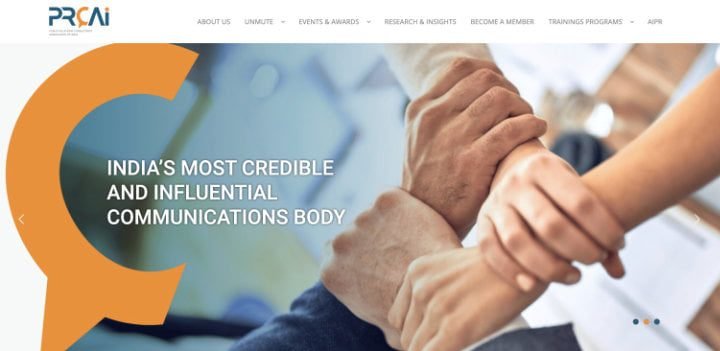In the wake of India’s economic liberalization in 1991, the landscape of public relations (PR) in the country underwent a profound transformation. What was once a nascent field has evolved into a strategic imperative for organizations across industries, shaping public perception and managing stakeholder relationships.
In This Article
The history of PR practices in India is fascinating, filled with turning points, difficulties, and ongoing adaptation to the changing socioeconomic environment.
PR Practices in India
The genesis of modern PR practices in India can be traced back to the early 1990s, a period characterized by the opening of the Indian economy to global markets. During this time, the significance of strategic communication and reputation management began to garner attention from businesses and policymakers alike. The 15th All India Public Relations Conference in November 1993, where then Prime Minister Narasimha Rao acknowledged the transformative power of PR, served as a seminal moment in recognizing PR’s role in shaping public opinion and influencing perceptions. Rao said;
“You have the magic touch. You can make anybody believe that by using a small amount of hair oil, you can get the hair growing by one foot every day. By taking some pills, one can become younger by twenty years within a short time. This is the kind of conviction that PR can bring to the minds of people.”
The Role of PR in the Indian Context
PR is a strategic management communication function dealing with public issues encountered by organizations across a wide spectrum.
The public issues that PR deals with may include accidents, disasters, sabotage, competition, political loyalty, moral obligation to family disputes, and roles in marketing and brand building.
Marketing is the process through which the needs and desires of customers are assessed and fulfilled. PR is an important tool in promotion that aims to maintain cordial relationships with both internal and external stakeholders.
PR used to play a role in brand building, but not necessarily in an active partnership with brand advertising. Companies use PR to launch their products or when they venture into unknown territories.
PR practitioners play a pivotal role in shaping organizational narratives and fostering trust. In a diverse and dynamic market like India, where businesses face multifaceted challenges ranging from political loyalty to intense competition, the strategic application of PR practices becomes indispensable.
Key Industry Bodies: PRCAI and PRSI
The presence of well-known industry organizations like the Public Relations Consultants Association of India (PRCAI) and the Public Relations Society of India (PRSI) strengthens the institutional framework of PR in India.
PRCAI (Public Relations Consultants Association of India)

PRCAI is an umbrella trade body that constitutes PR firms, founded on October 4, 2001. Modeled on the successful UK PRCA, the PRCAI is not only the Indian PR industry’s flagship trade association but also a forum for government, public bodies, industry associations, trade, and others to confer with public relations consultants through one body.
PRSI (Public Relations Society of India)

PRSI is a national association of PR practitioners, established in 1958 to promote the recognition of public relations as a profession and to formulate and interpret for the public the objectives and potentialities of public relations as a strategic management function.
Emerging Trends and Future Outlook
As India continues to embrace digital transformation and undergoes socio-economic changes, the landscape of PR practices is poised for further evolution. With the proliferation of digital media platforms and the rise of influencer marketing, PR practitioners are increasingly leveraging technology to amplify their reach and engage with diverse audiences. Moreover, the growing emphasis on corporate social responsibility (CSR) and sustainability presents new avenues for PR professionals to showcase organizational values and foster community engagement.





